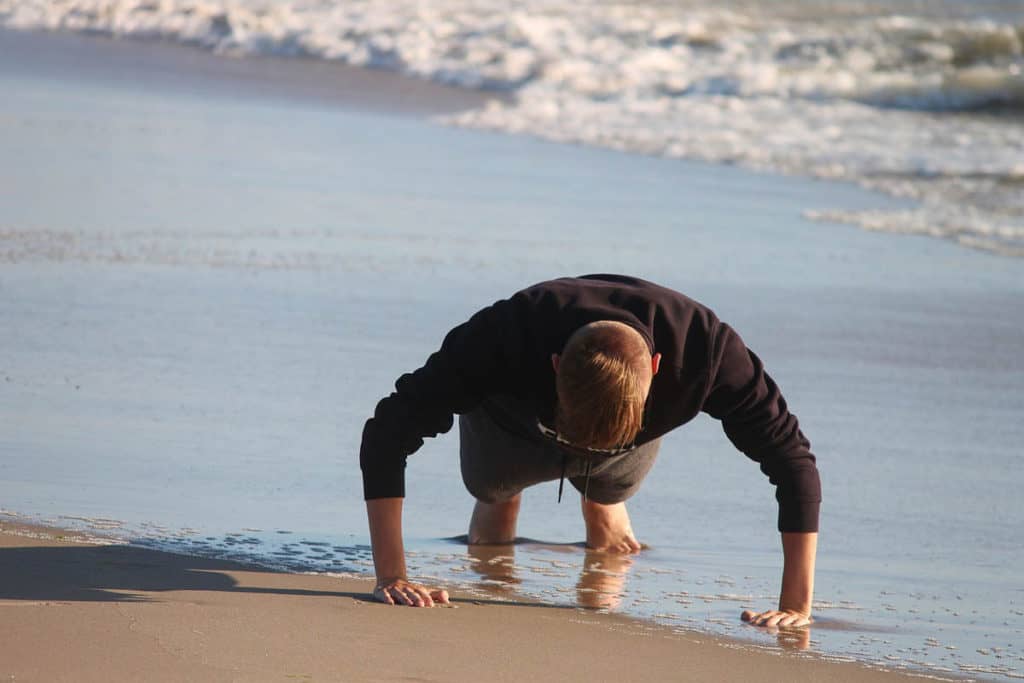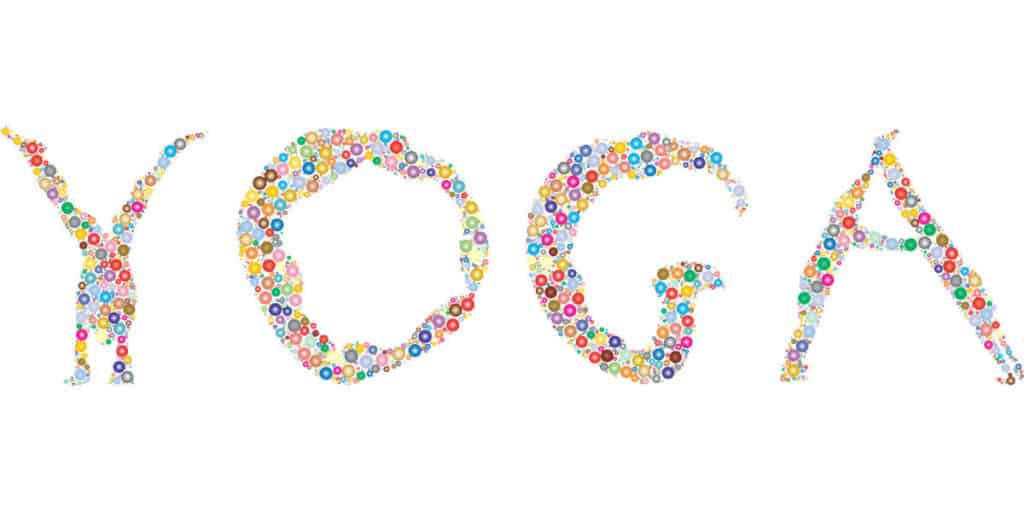Why Keep a Training Log?
When I used to train many years ago, I did not bother with keeping a training log, taking measurements, or tracking my progress.
I just went to the gym half-arsed and never really watched what I ate. When I started looking at getting back to the gym and getting fit back in January 2016, I knew I had to keep a training log and track my progress.
There are many examples on the internet for training logs, but for me, I decided on using Excel spreadsheets and Word documents.
Why keep a training log? The bottom line is if you don’t know where you have been how do you know where you’re going.
Keeping a training log will help you track your workouts for example how much weight you lifted and for how many reps. This helps to see how much stronger you’re getting and how much you lifted in the previous week. I don’t know about you, but I cannot remember what I did in the gym last week.
Personally, I keep 3 types of training logs
- Workout training log
- Measurement log
- Weekly weigh-in log
Keeping a log for your measurements, weight, body fat, and taking pictures will allow you to see how your body is changing.
Training logs help keep you motivated and on track and allows you to make changes in your workouts and nutrition.
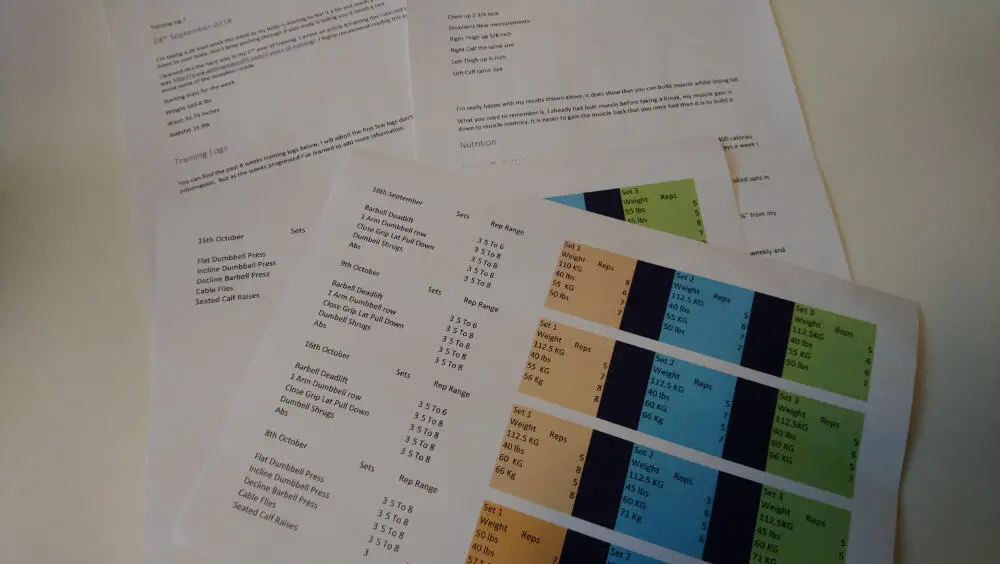
For examples of weekly training logs, you can find my logs here and for my measurements and weekly weigh-ins, you can find my logs here.
Below are a couple of links to my training logs.
So, keep reading to learn more about why you should keep a training log.
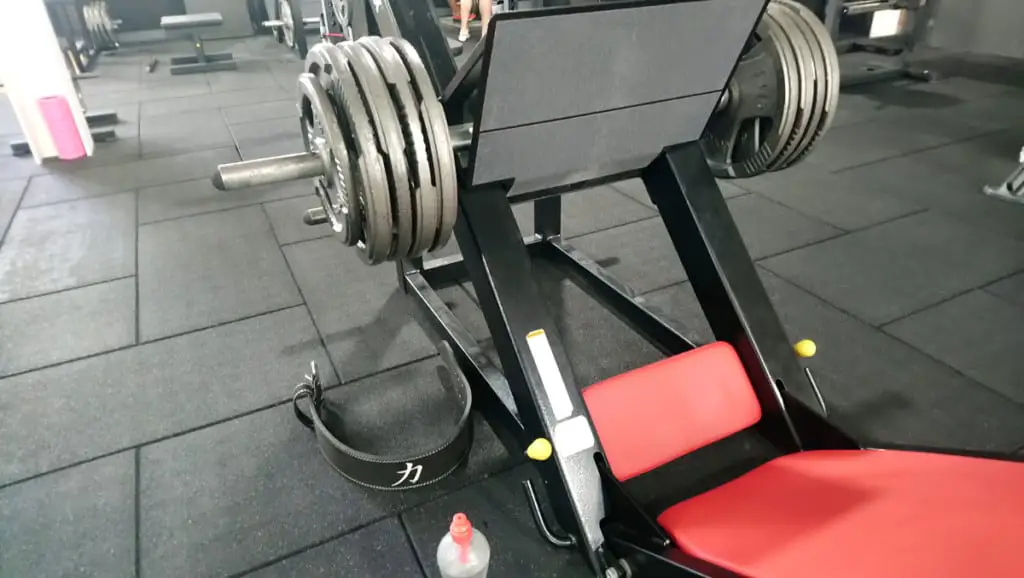
1. Motivation
We’ve all been there, including me, you’re training week after week, and sometimes it feels like you’re not going anywhere. Maybe you’re not seeing changes in your body, and you start to get demotivated.
This is where a training log and taking measurements really help you stay on track. If you start to feel demotivated, you can look back over your training sessions.
For example, let’s say you’re feeling demotivated because you don’t think your weight is increasing on 1 or 2 exercises. Looking back over your training log, you should be able to see what weight you lifted in the past and for how many reps.
You might be performing 30 KG Barbell curls, and the weight has not increased, but you notice your reps are increasing each week. This is progress; it does not matter how little the progress is; it is still progress.
Once you’ve noticed that you’re progressing, this should help to kick your motivation back into shape.
2. Workout Training Log
I don’t know about you, but I find it is very difficult to remember how much weight I lifted or for how many reps I performed the previous week.
Being able to record this information will help you progress in your next training session, as you won’t be at risk of lifting the same weight or if not worse lifting less weight.
Keeping a training log is not only for weight training but can be used for running, cycling, or swimming. Pretty much anything really.
There’s nothing better than increasing your performance or setting yourself little challenges.
What to enter into your training log.
- Type of exercise
- Performance of the exercise for example how much weight you lifted
- Repetitions (reps) performed
- Notes, for example how you felt

3. Measurements Log
I made the mistake of not keeping an up-to-date Measurement log. When I started back in 2016 I took my measurements, but I did not take any again until October 2017.
When I took my measurements, I felt disheartened and demotivated because my arms had only increased by ½ inch.
In reality, what would have happened is when I started cutting my arms would have decreased in size, because my body fat had dropped. My arms might have dropped to 13 Inches or less but I’m only guessing.
Therefore, it is important to take a measurement as part of your logs, this allows you to really see what your body is doing. This will help prevent you from feeling like you’re not progressing.
The last thing you want is to give up on your training when in fact you’re making small changes and are progressing just because you did not record your measurements.
You can view my Body Measurements and Stats
4. Weekly Weigh-Ins Log
Keeping a weekly log for tracking your weight, waist, and body fat are essential. I find this type of log is really helpful for keeping on track with your progress when it comes to nutrition.
Once you’ve been eating well and exercising for a while you will need to adjust your nutrition.
Taking these weekly measurements allows you to look at your weight, waist, and body fat. This will help identify any required changes to your nutrition or training.
For example, let’s say you’re trying to lose weight (When I say lose weight I mean lose body fat) by cutting.
By taking these measurements you should be able to start building up a picture of your progress.
Let’s say your weight has remained the same for 10 days and you have stuck to both your diet and training session, you have 2 options.
- Move more
- Reduce your calories
I think the first option is the better one of the 2, moving more could simply be adding 20 – 30 minutes walking a day.
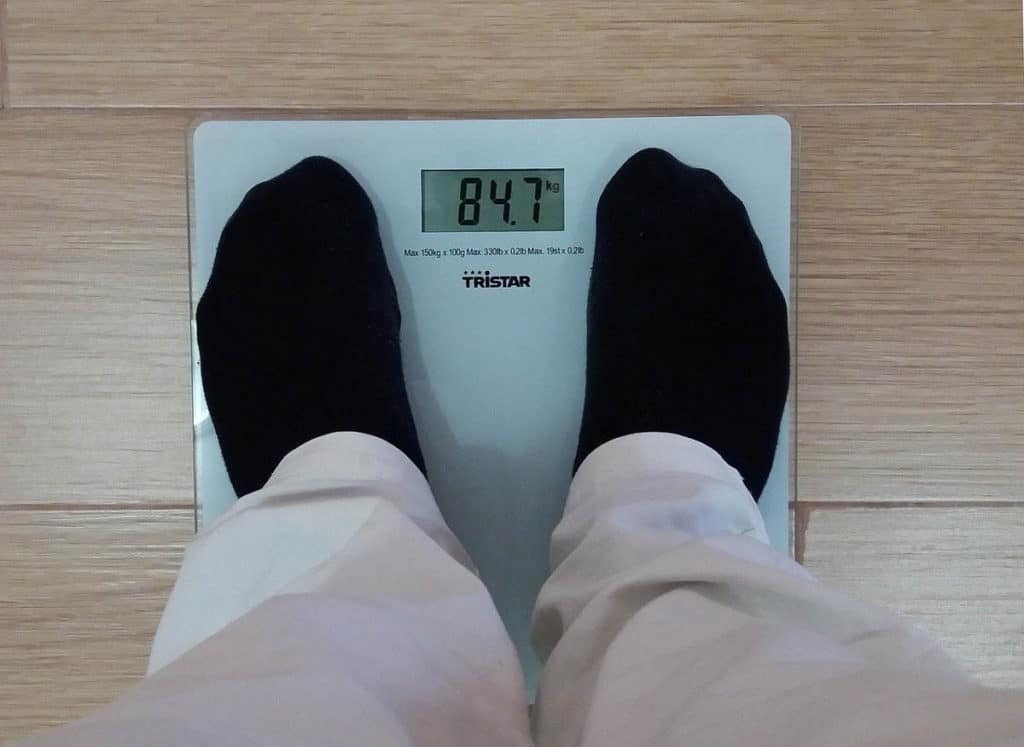
5. Photos Log
It’s all too easy to forget what you used to look like, I know because I do. You start to think I don’t look any different from before I started.
By keeping a photo log, it makes it so much easier to look back and see the changes in your body. They do say one picture speaks 1000 words.
This is one of the easiest ways to boost your motivation and keep you on track.
Conclusion
Maintaining a training log does not only help you to stay motivated, but it also allows you to see any reoccurring patterns and make changes to your routine, nutrition, or sleep. Ok I know it is not always easy to make changes to your sleep pattern.
- Help keep you motivated
- Corrects performance slumps in your training
- Look at patterns in your training or nutrition
- Helps you to keep moving forward, it’s all too easy to forget what you did in the previous week
- To see changes in your body when you keep a photo progression log.


